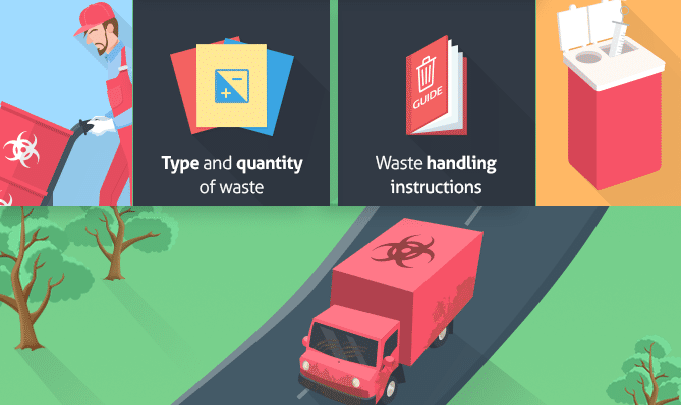Every occupation has a potential for on-site dangers and injury. Even employees working in common office environments are encouraged to get up and walk around every hour to avoid blood clots, and practice specific eye movements to combat macular damage caused by staring at a computer screen all day.
But some occupations present more risk of injury than others.
Employees in the healthcare industry are often at risk of exposure to infectious materials, possibly even fluids containing bloodborne pathogens. Besides blood, which is the most obvious infectious material, there is also OPIM. OPIM stands for Other Potentially Infectious Material.
What Are Some Common Types of OPIMs?
Aside from blood, there are other potentially infectious materials such as:
- Human body fluids such as vaginal secretions, semen, cerebrospinal fluid, pleural fluid, synovial fluid, pericardial fluid, peritoneal fluid, amniotic fluid, any bodily fluid that is contaminated with blood, or any bodily fluid in a situation that makes the determination of the fluid difficult.
- Unfixed (living or dead) human organs or tissues.
- Organ cultures, cell or tissue cultures containing HIV, any culture medium containing either HIV or HBV, and the organs, blood, and tissues from animals with HIV or HBV.
- Pathogenic microorganisms.
Generally speaking, OPIMS do not include saliva, tears, nasal secretions, sweat, urine, vomit, and feces.
Proper Disposal of OPIMs
Exposure to bloodborne pathogens is very possible at any time during the storage or transport of blood and OPIMs. To keep yourself and employees safe – as well as to ensure compliance with all local and federal laws and regulations – you must take great care during the entire handling process, including disposal.
Here are a few OPIM handling rules to follow at all times:
Rule #1: OPIM is NOT Regular Trash
Contaminated materials must never be thrown away in the regular trash bins. It’s important that all staff and employees understand this main rule.
Rule #2: Use the Right Containers at All Times
OPIMs, which are regulated waste, must always be contained, stored, and disposed of in their proper containers. These containers are made from special materials that will not allow leaks. Containers must also be labeled or properly color-coded according to OSHA’s bloodborne pathogens standard.
Also, Sharp objects must be stored in their own sharps containers that are puncture resistant. This ensures they can be safely handled during transport.
Rule #3: Know Your State’s Regulations
While OSHA has set forth standardized guidelines for the disposal of OPIMS, each state typically has their own rules and regulations, so be sure you understand exactly what those are.
Does Your Business Need a Better Way to Dispose of Blood or OPIMs? We Can Help!
No matter what industry you are in, if you handle blood, OPIMs, pharmaceuticals, or any hazardous materials, MedPro Disposal can handle transport and disposal and ensure compliance every step of the way. This lets you focus on your job while we take care of the rest.
Find Out How Much You Can Save Instantly.
Try our on-line savings calculator.
Give us a call today and we’ll make the disposal of your contaminated materials a breeze.







